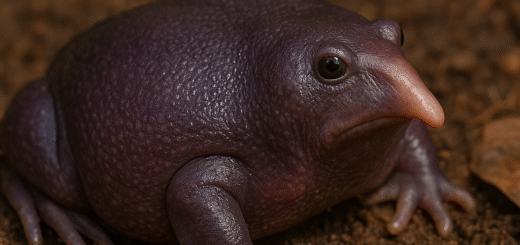The Enigma Unveiled: Exploring the Fascinating World of King Cobra Venom
King Cobra Venom – King cobras (Ophiophagus hannah) are majestic and formidable creatures, renowned for their imposing size and potent venom. Found predominantly in the forests of Southeast Asia, these snakes are not only the longest venomous snakes in the world but also boast a venom that is both complex and deadly. In this article, we delve into the captivating realm of King cobra venom, exploring its composition, effects, and the scientific fascination it holds.

Composition of King Cobra Venom:
King cobra venom is a complex cocktail of proteins, enzymes, peptides, and other bioactive compounds. The venom is primarily neurotoxic, meaning it targets the nervous system. It contains various toxins, including postsynaptic neurotoxins, cardiotoxins, cytotoxins, and enzymes like phospholipases.
- Postsynaptic Neurotoxins:
- These target the neuromuscular junctions, disrupting the communication between nerves and muscles. Symptoms of envenomation include paralysis and respiratory failure.
- Cardiotoxins:
- Targeting the cardiovascular system, cardiotoxins lead to heart muscle damage. This can result in cardiac arrest and other severe cardiovascular complications.
- Cytotoxins:
- These toxins cause damage to cells, leading to tissue necrosis. Local effects can include swelling, pain, and tissue destruction around the bite site.
- Phospholipases:
- Enzymes that break down cell membranes, contributing to the venom’s cytotoxic effects.
Envenomation and Effects:
When a King cobra injects venom through its fangs during a bite, the effects can be rapid and severe. The onset of symptoms depends on factors such as the amount of venom injected, the location of the bite, and the individual’s response to the venom. Some common effects of King cobra envenomation include:
- Neurological Effects:
- Paralysis, starting with the cranial nerves and progressing to other muscle groups.
- Respiratory failure due to the paralysis of respiratory muscles.
- Cardiovascular Effects:
- Severe cardiac complications, potentially leading to cardiac arrest.
- Local Effects:
- Swelling, pain, and tissue necrosis around the bite site.
Research and Medical Significance:
While King cobra venom poses a significant threat to humans, it also holds immense scientific value. Researchers study these venoms to gain insights into the composition and function of the various toxins, with the aim of developing antivenoms and potential therapeutic agents. Understanding the mechanisms of venom action can also contribute to medical advancements, such as the development of drugs targeting specific pathways affected by the venom.
Conservation Implications:
The King cobra, like many snake species, faces threats such as habitat loss and persecution by humans. Despite their fearsome reputation, these snakes play a crucial role in maintaining ecological balance by controlling rodent populations. Conservation efforts are essential to protect these majestic creatures and ensure the sustainability of their ecosystems.
Conclusion:
The venom of the King cobra is a powerful and intricate concoction of bioactive compounds that has both fascinated and challenged scientists for years. While it serves as a potent weapon for the snake in capturing prey and defending itself, the same venom has spurred research that could lead to medical breakthroughs. As we continue to explore and understand the secrets held within King cobra venom, we gain not only a deeper appreciation for the complexity of nature but also potential tools to improve human health and well-being.








